TV power supply: circuit and principle of operation
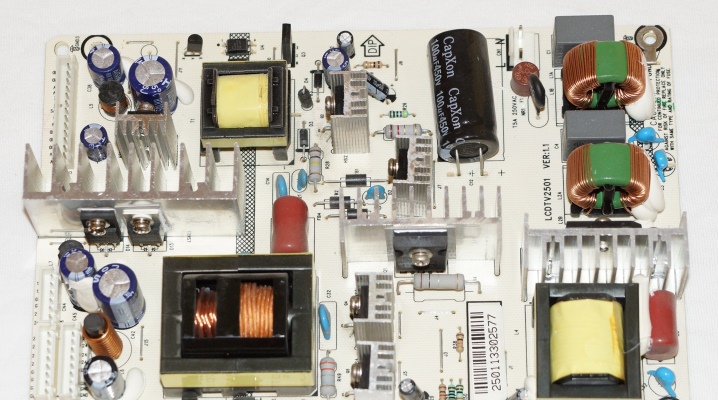
One of the most common problems with TVs is associated with a faulty power supply. Usually, its repair is required if any of the elements of the board fails, and, as a rule, this is by no means the most time-consuming and expensive type of work. However, only specialists can deal with it, since any incorrect actions with the power supply unit can lead to serious breakdowns in various parts of the device.
What a power supply is, what it is for, and how to understand that it is faulty, will be discussed in our article.
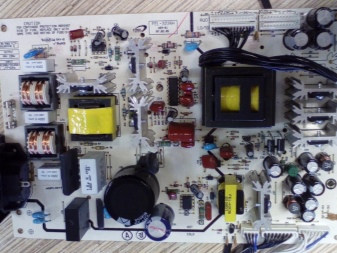
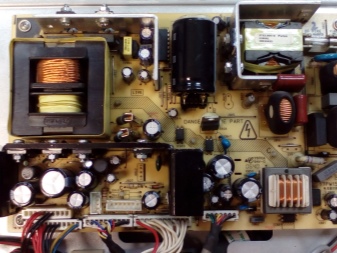
What it is?
In the most general sense, the power supply is the source of electricity that supplies the TV with the required current... This module allows you to convert the mains voltage to the values required for the full functioning of the equipment. As a rule, a power supply unit is included in the package of antennas with an amplifier in order to improve signal reception.
Power supplies are universal devices, they can be installed in other devices: to improve the signal quality of cellular, satellite communications and even the Internet... PSU is indispensable in a situation where a Wi-Fi adapter is used, by the way, it is also one of the types of antennas. Simply put, wherever radio waves are used and there is a receiving antenna, a power supply is needed.
But we will consider only those varieties that are required for the smooth operation of television equipment.
Please note: the relevance of installing and maintaining the power supply unit is directly related to the fact that in its absence it can be very expensive or even impossible to repair it.
The TV power supply has three main functions:
- converting the energy of supplying current to the equipment;
- protection against interference of the supply voltage;
- maintaining the required voltage level inside the TV itself.
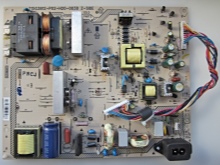

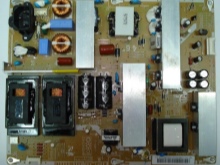
The most widespread are modern systems operating from standard 220 W networks. Such elements are built into a single antenna structure or located separately when connected through a port.
When it comes to embedded models, it is usually used transformerless circuit. In this case, the energy conversion is carried out by means of pulse width modulation. Such power supplies are plugged into the most common outlet, their calculated power is 10 watts. This parameter is quite enough to provide power to the antenna. Such elements are quite compact and do not take up much space, but in the event of a malfunction, they immediately lead to the destruction of the entire signal receiving system.
Therefore, it is more practical to purchase external devices... They are focused on the fact that in the event of a power supply failure, some signal will still be saved, although, of course, it will not be good. In any case, another advantage of external power supplies is that they can be quickly and easily replaced if necessary.
The scheme of work is based on a transformer... In this case, the output voltage of the PSU is stabilized in a parabolic manner, the typical parameters for the output voltage are 24, as well as 18, 12 and 5 W. More accurate figures are determined depending on the technical and operational parameters of the antenna.

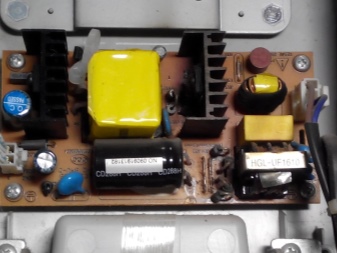
Device and principle of operation
Most often, the power supply board is a separate electronic module. This is a distinctive feature of any TV with a small screen diagonal, and in larger models it is built-in.
Any power supply board has the following components:
- transformer;
- network filter;
- nodes of working and standby mode;
- overload protection module;
- radiators, that is, cooling elements.
The principle of operation of the power supply boils down to bringing the supplied mains voltage to the form that will meet the power supply requirements of the basic electronic components of television equipment, including its matrix.
Important: the value and parameters of the supply potentials must exactly correspond to both the operating voltages themselves and their diagrams.
In most cases, they are listed directly on each proposed device.
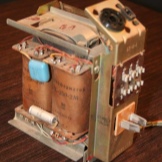
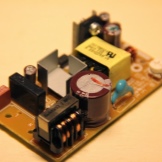
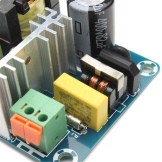
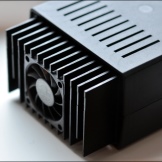
How to connect?
Let's take a closer look at how to connect a power supply unit. In most cases, an amplifier is already built into an active antenna. But in the passive - it is not. To connect it, you first need to assemble an antenna cable with a plug, which will be designed for these purposes. Let's see how to do this.
First, you should prepare the cable itself, that is, strip it. For this, a thin cut along the circumference is made with a sharp clerical knife or scalpel at a distance of 1.5 cm from the edge of the cable. When doing this job It is very important to be careful not to damage the hairs of the shielded braid located just below the insulating layer.
After these steps have been completed, the mentioned hairs must be carefully bent, and the piece of foil located near them must be removed.
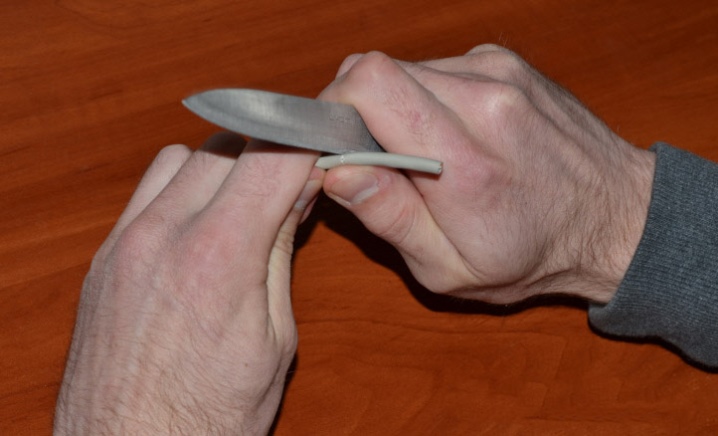
Having retreated from the folded edge of the braid about 5 mm, it is necessary to make another cut along the circumference. It is necessary in order to remove the inner insulation layer. After that, the cable prepared for installation should be pushed under the corresponding fasteners in the power supply box and tightened with screws.
We pay special attention to the fact that when a wire is connected, its metallized braid must certainly have contact with a tinned pad, which is an indispensable element in the design of any power supply case. If this is not done, then the power will simply not be supplied to the antenna. It is also necessary to take into account the fact that the cable sheath should in no case come into contact with the central core of the wire itself. If this happens, a short circuit will occur and the module operation indicator will not function.
For information: with the correct connection of the power supply with the antenna cable itself, after making all the necessary settings, the TV usually shows many more channels than before.

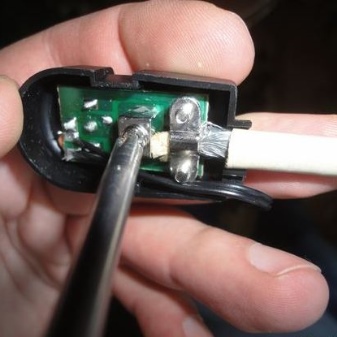
How to check for serviceability?
In general, external diagnostics of possible malfunctions and breakdowns of the power supply unit is as follows.
If the appearance of the capacitors makes you even suspicious, then they must be removed and replaced immediately.
You have noticed interruptions in the work of the standby mode - you need to immediately check the voltage on the controlled zener diode. If there is no voltage at the output of this node or have too low values, therefore, the operating mode is violated.

In order to restore the functionality of the item, you need to make sure that all other parts of the circuit are working. To do this, one contact of a suspicious capacitor or resistor should be evaporated, all burned out elements should be removed completely and immediately replaced with new ones. If you see an area of poor-quality soldering, this place needs to be tinned with flux, and then make sure that the contacts are firmly fixed in the attachment area.
The recovery of the power supply circuitry and the return of standby mode will be indicated by the appearance of a voltage of 5 V, as well as the blinking of a red indicator light on the front panel of the TV.
Please note that with each replacement of other suspicious elements, you must immediately check - whether there have been changes at the output of the power supply.
The fact that the functionality of the equipment has been returned can be judged by the normal switching on of the TV and the receipt of high-quality audio and video sequences.
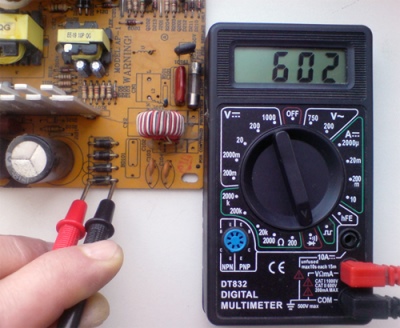
Possible malfunctions and their causes
The following signs may indicate that the TV control unit needs repairs:
- the TV does not turn on when the button is pressed, while the LED indication-lamp on the case does not light up;
- the light comes on, but the equipment does not start;
- the image is far ahead of the sound;
- significant interference occurs - kinks and stripes on the screen are possible;
- distorted sound - the TV beeps, rumbles, makes other noises.
All of the above power supply malfunctions can be caused by several reasons, among which are:
- the device goes into protection due to a short circuit, which led to a burnout of the power supply unit or its individual components;
- unstable supply of voltage in the network;
- blown fuse;
- full or partial wear of capacitors.
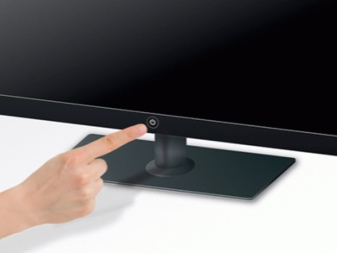
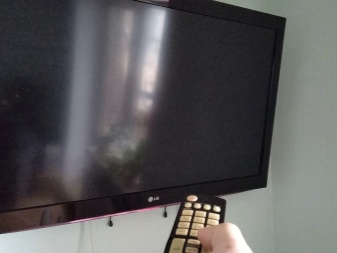
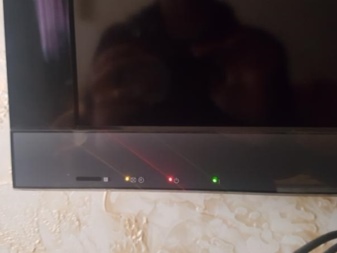
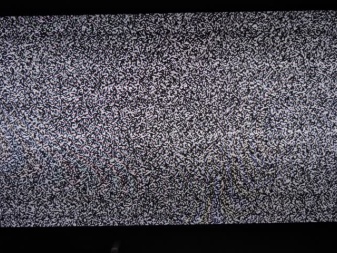
To start the TV and get a full high-quality picture, try turning the unit on and off several times.
We draw special attention to the fact that any independent attempts to fix the TV, as a rule, lead only to aggravation of problems with the electronic elements of the system or even to their complete failure. Any wrong actions entail the need to replace the television motherboard, the cost of which reaches 70% of the cost of the entire unit.
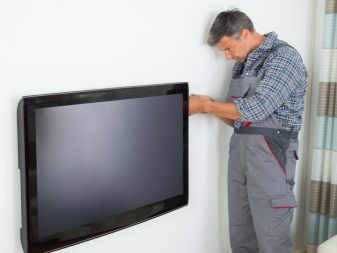

All elements of complex electronic equipment must be repaired in strict compliance with all safety regulations, in particular, the input capacitors should be discharged beforehand. Without special experience in such work and knowledge, you can harm not only the TV itself, but also your health.
For information on how the TV power supply works, see the next video.













The comment was sent successfully.